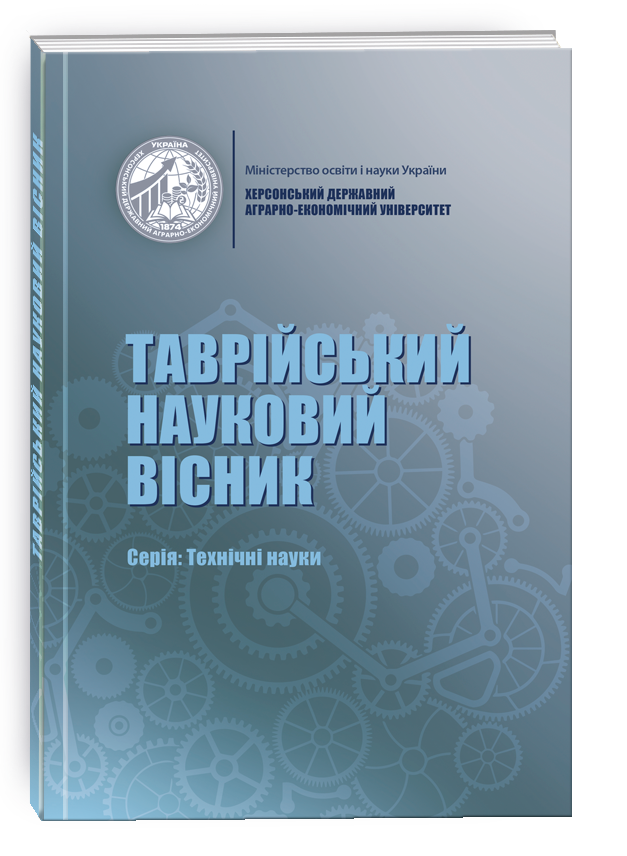DETERMINATION OF NUTRIENT, MICROBIOLOGICAL AND SENSORY QUALITY INDICATORS OF PROTEIN AND CARBOHYDRATE BARS FOR MILITARY
DOI:
https://doi.org/10.32782/tnv-tech.2023.2.20Keywords:
protein-carbohydrate bars, military, healthy nutrition, optimizationAbstract
Providing food for military personnel is a priority task of every state, especially during wartime. The diet must be balanced and contain all the necessary nutrients to support the nervous system and the whole body, to increase endurance during training, and most importantly during direct military operations, as well as to speed up recovery after injuries. The article presents recipes and technologies for obtaining protein-carbohydrate bars with an increased content of proteins (>20 %) and carbohydrates. Such bars can be positioned as preventive for people with high mental and physical stress, in particular for the nutrition of military personnel. Mathematical modeling was used to develop the recipes, the target functions for optimizing the composition of the bars were the maximum content of proteins and carbohydrates with the minimum content of fat. The chemical composition of the developed bars was determined. The study of the adhesive strength of the food masses of bars made it possible to determine the type of culinary processing to achieve culinary readiness, as a result, for two recipes, a baking operation is used at a temperature of (180 ± 5) °C for (30–40) minutes with subsequent cooling, and for the third – freezing at a temperature of (−7…−4) °C. The results of the study of the dynamics of changes in consumer and microbiological characteristics, moisture content in the developed bars during storage made it possible to state that when stored in a polypropylene container at a temperature of (20–25) °C, the final shelf life is more than 14 days. In addition, an analysis of the risks of dangerous factors at the production stages was carried out and a scheme of the technological process of production using HACCP principles was developed. The developed recipes of protein-carbohydrate bars were put into production by the public organization “MOOLMS “YOUTH – FUTURE NATIONS” (Mykolaiv).
References
Зарукіна М.Ю. Формування ринку протеїнових батончиків в Україні. Формування механізмів управління якістю та підвищення конкурентоспроможності підприємств : IX Міжнародна наук.-практ. І.-конф. студ., асп. та молодих вчених: тези доповідей. 2018. С. 286–290.
Jiang Z., Wang K., Zhao X., Li J., Yu R., Fu R., He Y., Zhao P., Oh K.-C., Hou J. High-protein nutrition bars: Hardening mechanisms and anti-hardening methods during storage. Food Control, 127, Article 108127. 2021. DOI: https://doi.org/10.1016/j.foodcont.2021.108127
Waller M.C., Kerr D.A., Binnie M.J., Eaton E., Wood C., Stenvers T., Ducker K. J. Supplement use and behaviors of athletes affiliated with an Australian statebased sports institute. International journal of sport nutrition and exercise metabolism, 2019. № 29(5). Р. 518–525. DOI: https://doi.org/10.1123/ijsnem.2018-0336
Jabeen S., Huma N., Sameen A., Zia M. A. Formulation and characterization of protein-energy bars prepared by using dates, apricots, cheese and whey protein isolate. Food Sci. Technol. 2021. № 41(1). Р. 197–207. DOI: https://doi.org/10.1590/fst.12220
Sunyoto M., Andoyo R., Masitoh E. Characteristics of High Protein Snack Bar Made of Modified Sweet Potato Flour. IOP Conf. Ser.: Earth Environ. Sci. 2019. № 347(1), Article 012064. DOI: https://doi.org/10.1088/1755-1315/347/1/012064
Szydłowska A., Zielińska D., Łepecka A., Trząskowska M., Neffe-Skocińska K., Kołożyn-Krajewska D. Development of Functional High-Protein Organic Bars with the Addition of Whey Protein Concentrate and Bioactive Ingredients. Agriculture. 2020. № 10(9). Р. 390. DOI: https://doi.org/10.3390/agriculture10090390







